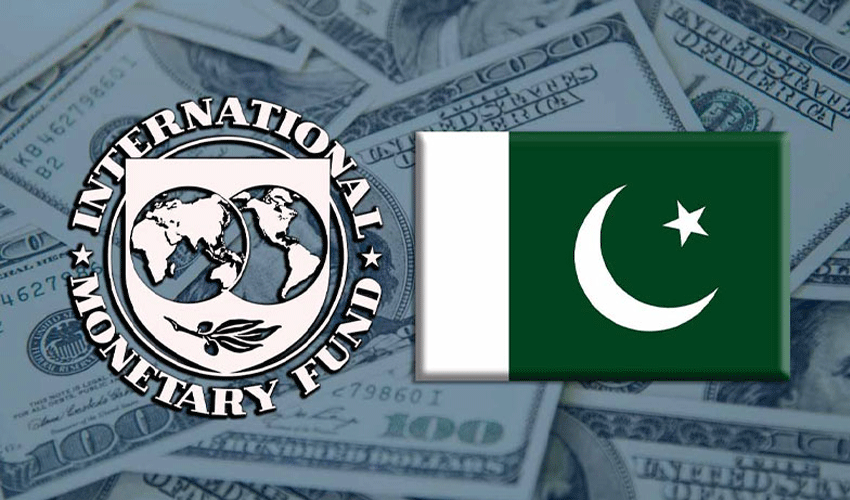Islamabad, May 19, 2025: The International Monetary Fund (IMF) has revised Pakistan’s GDP forecast for FY2024–25 downward to 2.6%, a notable cut from its earlier projection of 3.2% made in October 2023.
The reduction reflects weaker-than-expected agricultural performance, sluggish industrial growth in the first half of the fiscal year, and persistent global economic uncertainties.
According to the IMF’s updated report under the Extended Fund Facility (EFF) and the Resilience and Sustainability Facility (RSF), Pakistan’s economy grew by just 1.3% in Q1 and 1.7% in Q2 of FY2024.
The primary drag came from poor Kharif crop yields and underwhelming industrial output. These sectors are traditionally vital for Pakistan’s overall economic momentum.
Despite some fiscal discipline, current expenditure remains high at 18.9% of GDP, with a slight improvement anticipated in FY2025–26 to 17.8%.
On the development side, the Public Sector Development Program (PSDP) allocation has been marginally increased from 2.3% to 2.5% of GDP, though the IMF criticized the Planning Ministry for ineffective disbursement practices.
In terms of privatization efforts, the IMF report was blunt: proceeds are forecast at 0% of GDP, not just for this fiscal year but for the next four years as well — highlighting a stagnation in much-needed structural reforms.
On a brighter note, headline inflation dropped significantly to 0.7% year-on-year in March 2025, driven by strict monetary policies and declining food and energy prices.
However, core inflation remains elevated at around 9%, signaling continued pressure on household budgets.
Inflation for FY2025 is expected to see temporary fluctuations before settling within the 5–7% range by FY2026.
The current account deficit (CAD) is projected at $0.2 billion, roughly 0.1% of GDP, supported by improving remittance inflows and relative foreign exchange stability.
However, as import activity normalizes in the medium term, the CAD is forecast to widen to around 1% of GDP.
Foreign exchange reserves are on a recovery path, boosted by multilateral and bilateral inflows, including a projected $1.3 billion disbursement under the RSF.
Read More: FBR Slaps 10% Fee on Afghan-Bound Goods
Still, commercial external financing remains constrained, with limited options like a small Panda bond in FY2026 and hopes pinned on a gradual re-entry into global capital markets by FY2027.
Trade projections also saw minor adjustments. Exports for FY2025 are now expected at $31.305 billion, slightly down from the earlier estimate of $31.751 billion, while imports are forecast at $57.634 billion, an upward revision from $57.180 billion.
Read More: 3.6% GDP Growth, Rs 26 Tln Budget Size, Virtual Talks With IMF
Expert Takeaway:
Economic analyst Dr. Ahsan Malik notes, “Pakistan’s recovery is underway but fragile. Structural reforms, particularly in agriculture and industry, are essential to hit medium-term growth targets.”
While the revised Pakistan GDP forecast signals caution, targeted reforms and sustained fiscal discipline could still turn the tide. What are your thoughts on Pakistan’s economic roadmap? Share your opinions and join the conversation below!









